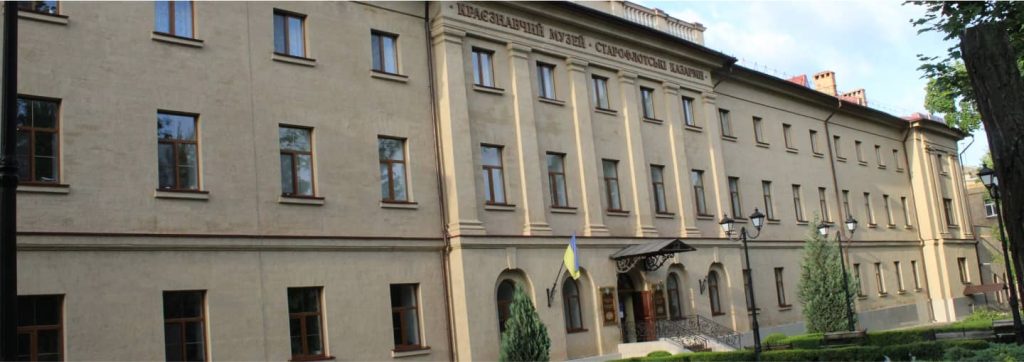
MUSEUM HISTORY
The opening of the City Natural History Museum on December 15 (28), 1913, was a resounding event in the cultural life of Mykolaiv. Initially, the Museum mainly exhibited the unique collection gathered by Emmanuel Frantsev and donated to the city by his heirs. The collection featured samples of minerals, stuffed birds, fish, and animals; and also corals, sponges, tropical herbariums, and many other exciting things.
The establishment of the city museum took place under the oversight of a special commission, which included members of the City Legislature (Duma), and was chaired by Serhii Haiduchenko, a lawyer and amateur archaeologist. At first, the Museum was located in a rented building on the corner of Mala Morska and Velika Morska streets. The townspeople greeted the first exhibition of the Museum with enthusiasm, and many responded to the call to contribute to the replenishment of the collection. In the immediate years after its creation, the collection received numerous gifts, including archaeological finds from Olvia, ethnographic materials, city residents’ household items, samples of cold and firearms, documents, photographs, and ship scale models. In June 1918, the Museum accepted the collection of the Military Museum of the 58th Prague Infantry Regiment.
Despite the tumultuous events of the revolution and civil war, the Museum kept its exhibits and continued to acquire new ones. With time, the unpretentious premises could no longer accommodate the entire collection, so the original Museum was split into the History and Archaeology Museum and the Natural Museum.
After Serhii Haiduchenko’s death, archaeologist and local historian Feodosiy Kaminsky ran the Museum from 1923 to 1929. By then, the Museum needed new premises, and with time, it was moved to the former guardhouse on Soborny Maidan. The grand opening of the exposition took place on March 10, 1929, after remodeling the premises. The museum collection had over 19,000 exhibits then.
On April 28, 1929, the city authorities handed over the building of the Admiralty Cathedral to the Museum to hold the exhibition dedicated to Mykolaiv’s 140th anniversary and then to house the Museum’s Naval Department, which kept 856 samples of weapons and military paraphernalia.
Unfortunately, the Museum was not immune to political repressions, and in September 1929, the government arrested Feodosiy Kaminsky, and later Mykola Lahuta and other representatives of the creative intelligentsia who ran the institution.
In the 1930s, the Museum’s exposition was highly politicized, which lowered its scientific and aesthetic value. At that time, the Nature Museum was located in the former real school (at the corner of Nikolska and Navarynska streets), and its collection included 12,000 exhibits. In the autumn of 1936, the reconstruction of the Radiansky Maidan inflicted damage to the Admiralty Cathedral and the guardhouse, so the Historical and Archaeological Museum was moved to the church building and the two-story house of the Catholic priest at the address 32, Dekabrystiv street.
During the Nazi occupation and WWII, the Museum continued to work. An underground anti-fascist organization led by Yuriy Tarasov operated on its base.
Unfortunately, the archaeological materials did not survive the occupation in full scope. In November 1943, the Germans exported a large part of the Olvia collection to Königsberg, and the further fate of these exhibits is unknown. In November 1950, the History and Natural museums merged into one under the name of Mykolaiv Oblast Local History Museum, which it remains to this day.
Scientific research was on the rise between the 1960s and 1980s. Comprehensive expeditions to different areas of the region took place almost every year, adding new artifacts to the Museum’s stock annually.
Although in this period, the Museum was required to collect materials from the communist party congresses, plenums, and “shock constructions projects,” as a must, its archaeological research of steppe mounds, settlements of the Bronze Age, and Antiquity continued in parallel. During this time, the Museum began building collections of prominent Mykolaiv residents, such as technologist Volodymyr Riumin, astronomers Borys Ostashchenko-Kudriavtsev and Fedir Bredykhin, and archives of educator Adrian Toporov, and a poet Mark Lysiansky.
In addition, the Museum acquired part of the Russian commemorative medal collection assembled by the Ashiks family. One of the most astounding exhibits was the book Euchologion, once owned by Peter Mohyla and printed in Kyiv in 1646.
In the 1970s and 1980s, the Museum underwent significant changes. Its staff expanded, and two standalone museums were added to its structure as branches: the Suvorov Ochakiv Military History Museum in 1972 and the Museum of the Underground Partisan Movement in the Mykolaiv Oblast – in 1975. A noteworthy event for the city was the opening of the Shipbuilding and Navy Museum in July 1978, a hallmark of the city of ships. In the mid-1980s, the Pervomaisk City Museum and the museum “Partyzanska Iskra” in the village of Krymka also became branches.
The period between 1985 and 1995 brought numerous challenges to the main building of the Museum at 32 Dekabristiv Street: 1) Long-term renovations; 2) The impossibility of opening a full-profile exposition; 3) The alienation of part of the museum premises to the Catholic church.
The Museum operated only two or three exhibition halls for a long time. Despite this, work on replenishing the museum collection continued. In the early 2000s, the museum collection had about 180,000 items.
In 1999, the Mykolaiv Oblast State Administration decided to hand over to the local history museum the building of the Old Fleet Barracks, an architectural monument of national importance, built in the first half of the 19th century under the design of the English architect Carl Ackroyd at 29 Naberezhna street.
Six months after the renovation works of one of the former barracks were completed at the end of 2011, the Museum reopened with a new exposition in 18 halls, reflecting the natural and ecological features of the region and the history of the northern Black Sea area from the Stone Age to the Middle Ages. In addition to the permanent exposition, the Museum hosts temporary historical and artistic exhibitions.
Nowadays, the Museum has five departments. Employees of the scientific exposition department study natural features, the ecological situation, and the history of Mykolaiv oblast from the earliest times to the present day. Scientists collect new museum objects, carry out exhibit attribution, participate in the scientific life of the region and the country, and hold exhibitions, tours, and lectures.
The scientific, educational, and methodological work department delivers mass events and interacts with the press, public organizations, cultural and academic institutions, and businesses. Employees of this department coordinate the work of museums at enterprises, institutions, organizations, and educational establishments. The oblast has nearly 160 such small museums with about 135 thousand exhibits.
In July 2014, the Museum organized a department of mobile and stationary exhibitions tasked primarily with coordinating the efforts of various parts and divisions of the Museum in organizing exhibitions inside and outside the Museum. In addition, its employees are engaged in scientific work on various ethnographic problems.
The museum stock department handles museum item collection, replenishment, preservation, accounting, and systematization. As of early 2015, the museum repositories stored about 250,000 exhibits.
The Museum’s restoration department is in charge of restoring and conserving museum articles and handling the artistic design of the exposition. The department’s staff has given a second life to numerous unique items.
These days, actively working for the benefit of the Mykolaiv community, the Museum hosts over 50,000 visitors annually, who attend over 1,600 tours, 70 mass events, and 20 temporary exhibitions arranged by the Museum.
The Museum gives workshops on historical and ethnographic topics: motanka rag dolls, wax painting of Easter eggs, and pull-up toys, to name a few. In 2017, the Museum joined the “Marriage in a Day” project, which encourages couples to register for marriage and have a formal wedding ceremony in the festive hall of the Museum.
Address: 29 Naberezhna Street, Mykolaiv, Ukraine
Opening hours: 09:00 — 17:00
Closed days: Friday and the last day of the month
Prices:
Admission: children and students — UAH 70, adults — UAH 105
Exhibitions: children — UAH 10, adults — UAH 15
Guided Tour: UAH 30-80
Cоціальні мережі
Branches
-
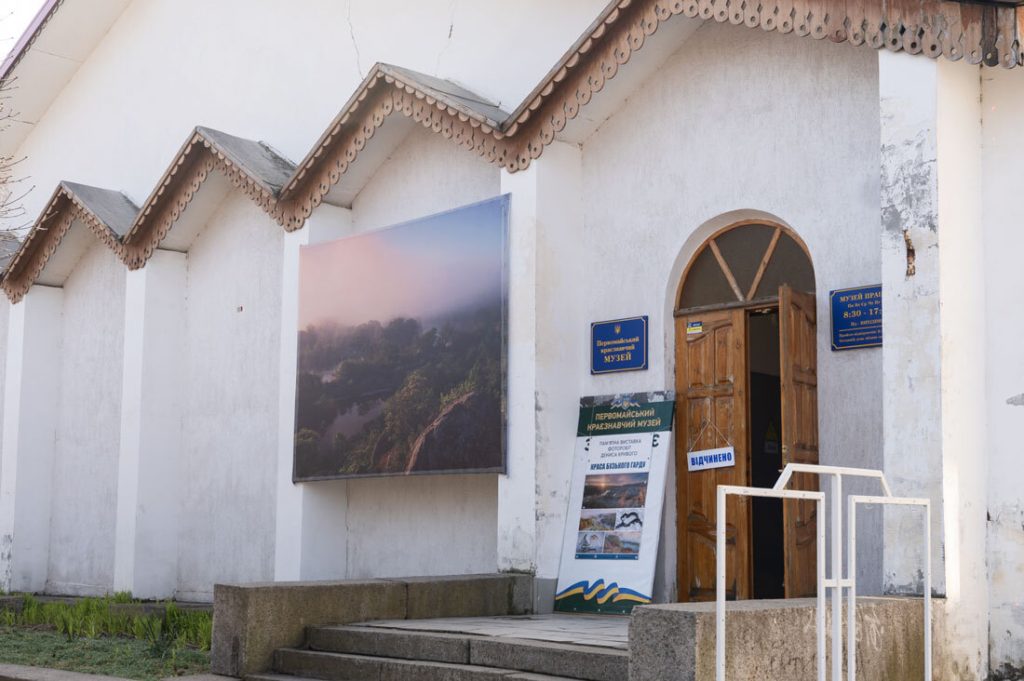 To the branch page
To the branch pagePervomaisk Local History Museum
The exhibition tells about the natural features of Pervomaishchyna and Ukrainian decorative and applied art.
-
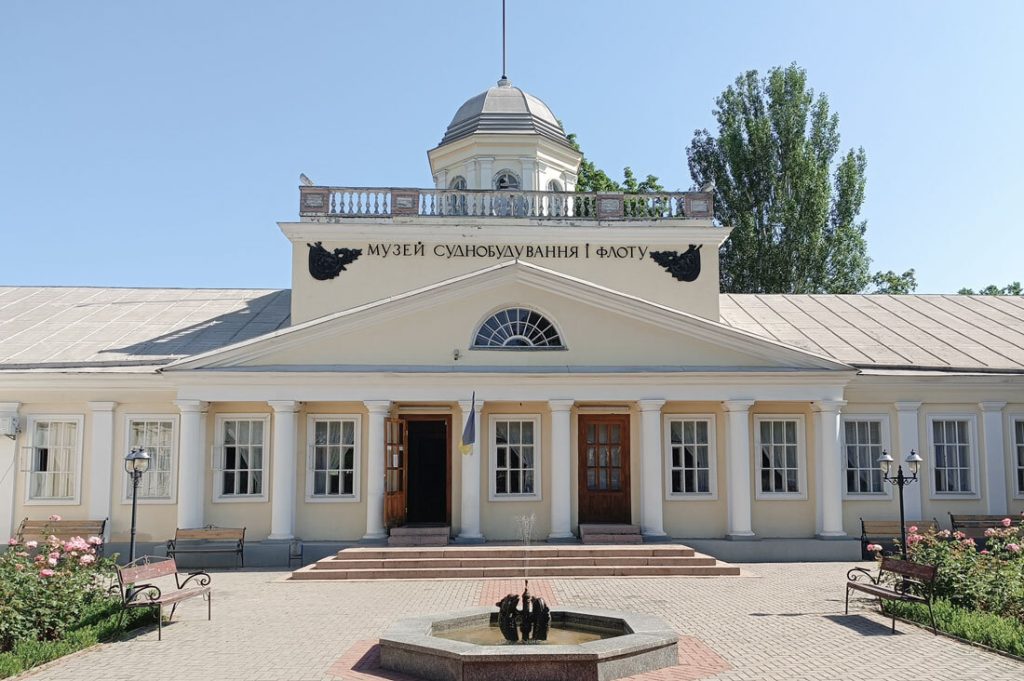 To the branch page
To the branch pageMykolaiv Shipbuilding and Fleet Museum
The pearl of the Shipland and the business card of Mykolaiv.
-
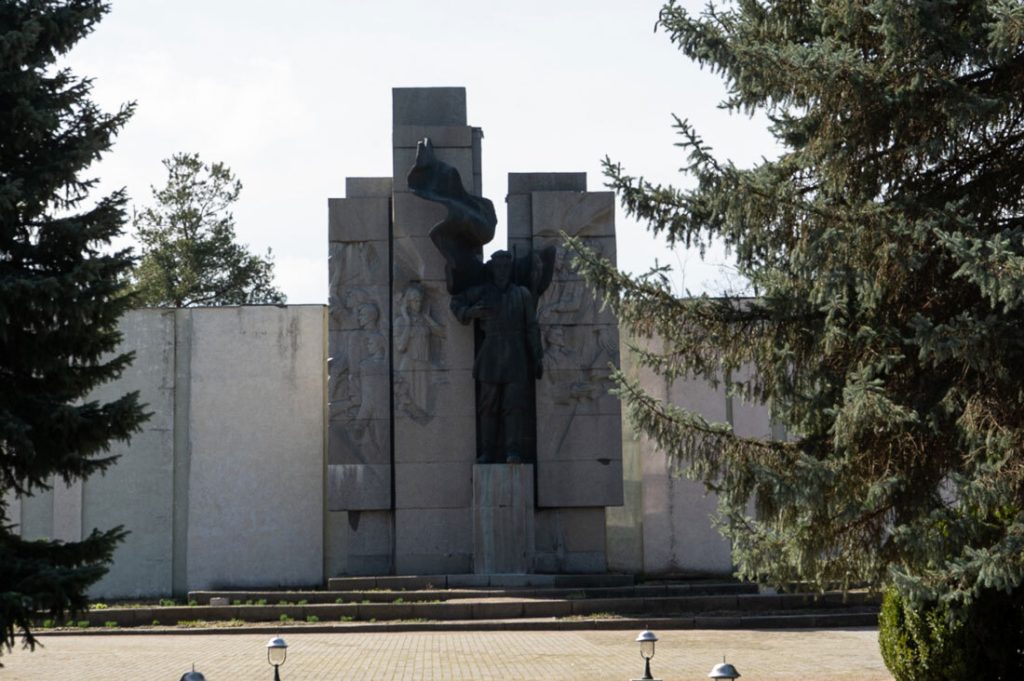 To the branch page
To the branch pageMuseum “Partyzanska Iskra”
The history of the struggle of underground youth organizations against the occupation in Soviet times.
-
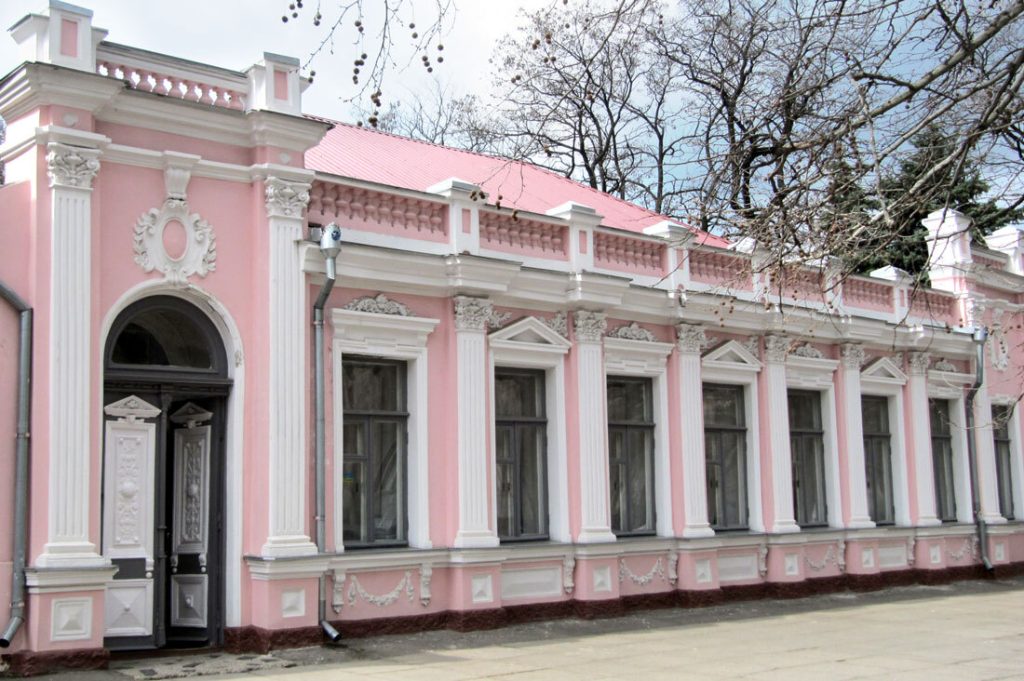 To the branch page
To the branch pageMykolaiv Military History Museum
During the Nazi occupation, 110 underground groups and organizations and two partisan detachments operated in the region, the activities of which are presented in the museum exhibition.
-
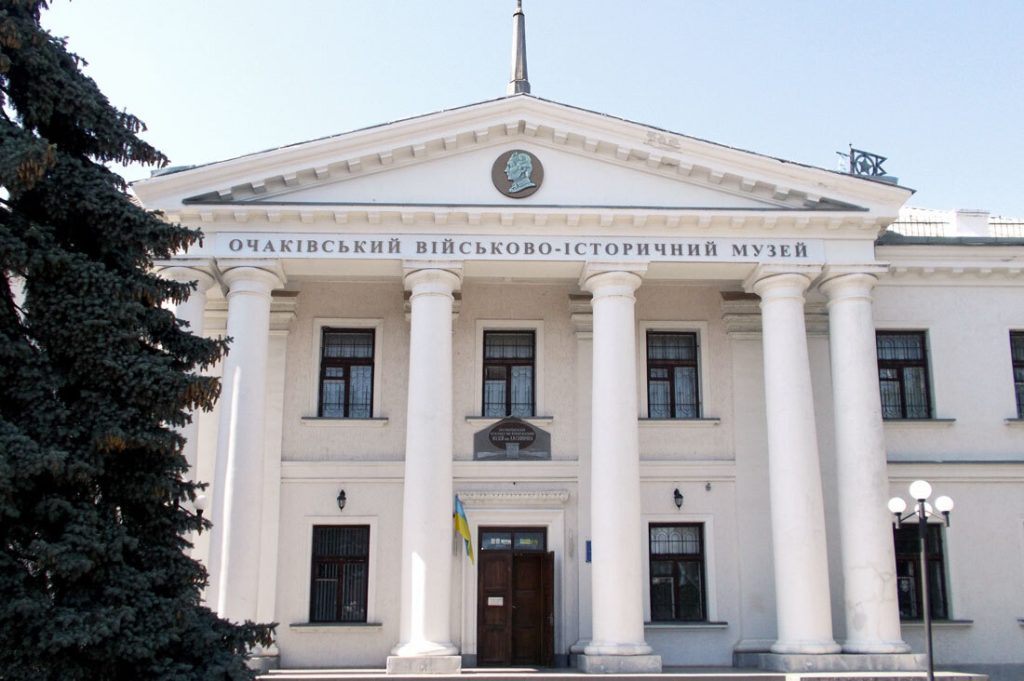 To the branch page
To the branch pageOchakiv Military History Museum
The history of Ochakivshchyna from ancient settlements to the events of the Second World War. Museum is temporarily closed.